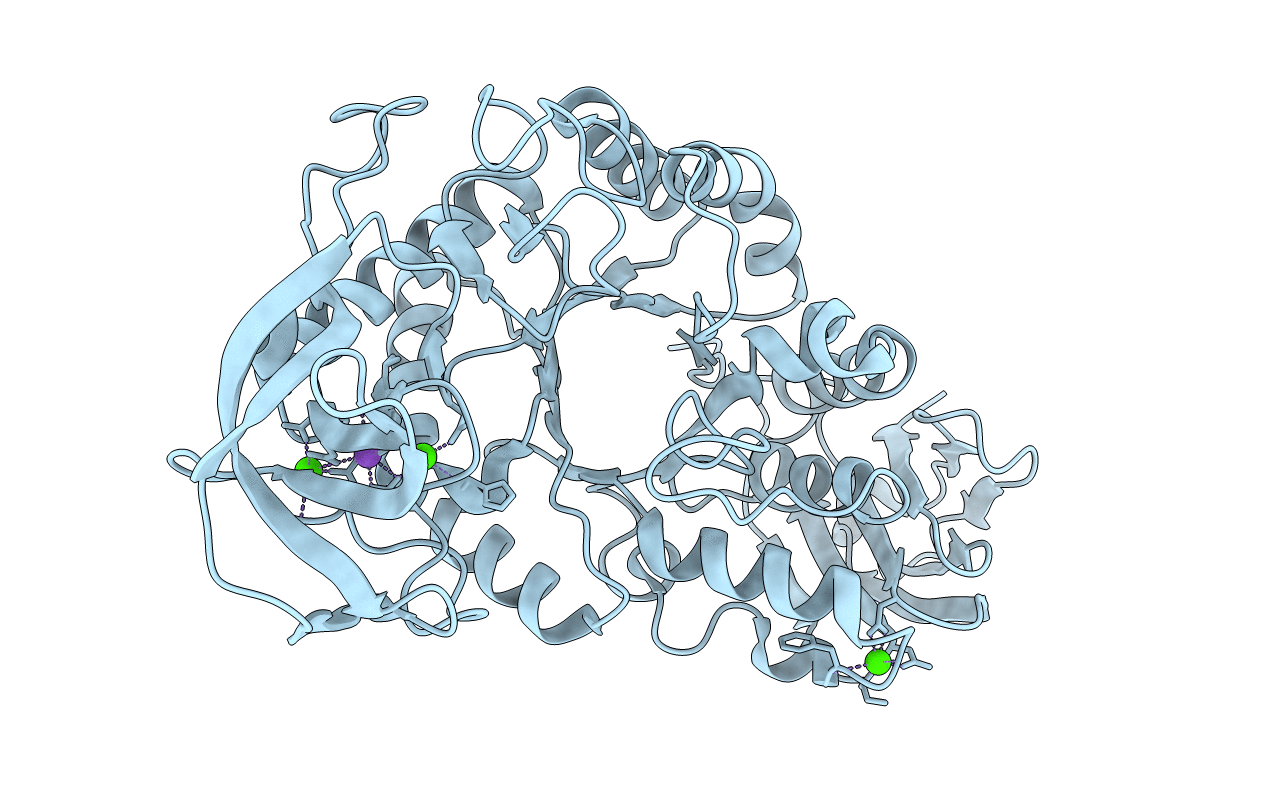
Deposition Date
2001-01-08
Release Date
2001-01-31
Last Version Date
2024-03-13
Entry Detail
Biological Source:
Source Organism:
Geobacillus stearothermophilus (Taxon ID: 1422)
Host Organism:
Method Details:
Experimental Method:
Resolution:
2.00 Å
R-Value Free:
0.19
R-Value Work:
0.15
Space Group:
P 1 21 1


